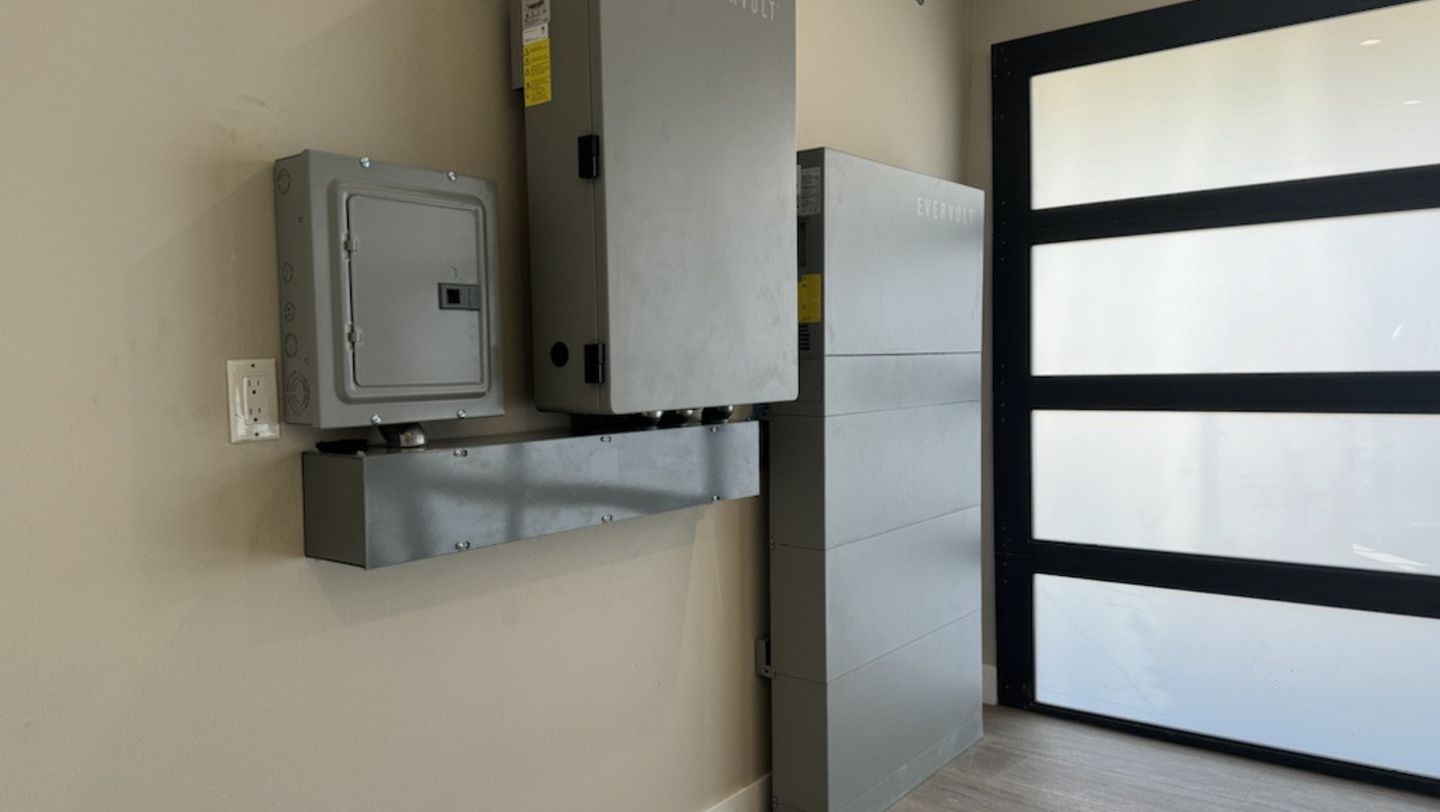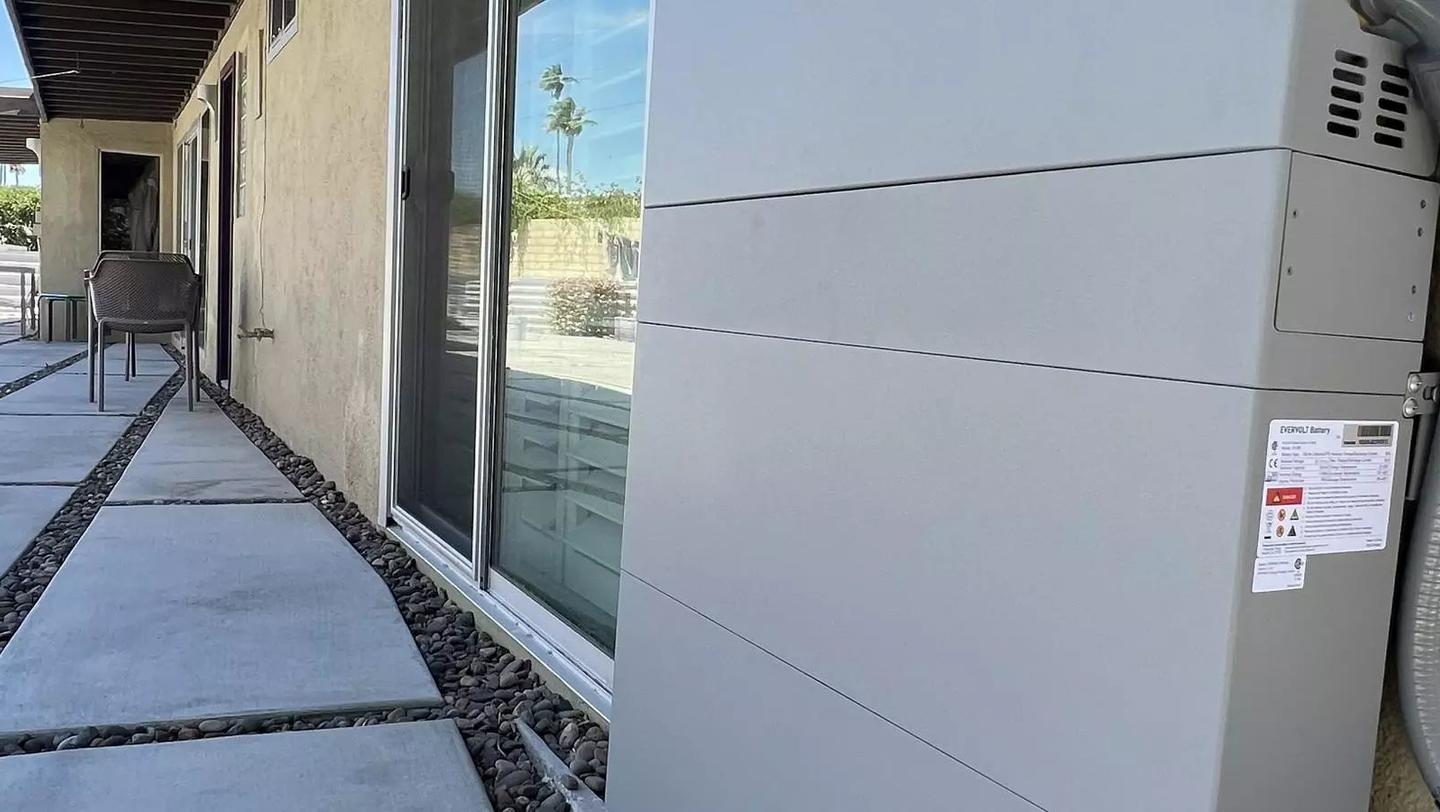Mobility Market Trends: Army Technology Decision Making in 2017

Mobility Market Trends: Army Technology Decision Making in 2017
From a new push to modernize defense IT infrastructure in the face of cyber threats, to the possibility of an increased budget free from the constraints of sequestration, 2017 stands to be a momentous year for Army mobile technology acquisition. As these decision makers weigh budget concerns and mission priorities, what exactly are the forces driving them when deciding on making new mobile technology investments? Scott Heckman, National Sales Manager for Federal Civilian and Army at Panasonic Mobility, shares his insights into the trends driving Army technology decision-making in 2017.
When my team and I meet with procurement officers, IT staff and other key decision makers within the United States Army, we know they look to us to deliver rugged mobile computing solutions that further their mission while increasing productivity, finding new operational efficiencies and keeping soldiers informed and prepared, on and off the battlefield. To meet this goal, it’s imperative that we have an intimate understanding of the forces weighing on these decision makers, the questions they’re asking and the challenges they’re looking to solve. To that end, here are a number of the key things on the minds of Army technology professionals today:
1. A Focus on Security Standards
Cyber threats remain a looming concern for the U.S. Military, and to help protect against these threats, there’s a large-scale push toward stricter adherence to new security standards – detailed last year in a new Army strategy aligned with the National Institute of Standards and Technology framework. As Army acquisitions leaders look to make purchasing decisions, compliance is top of mind. Technology vendors must be prepared to deliver Windows 10 devices that leverage the cryptographic protections of the Intel Trusted Platform Module 2.0 (TPM 2.0). These device-level security requirements have created new pressures on device manufacturers, and at Panasonic, we’re excited to offer laptops, 2 in 1’s and tablets that meet and/or exceed these requirements.
2. A Balancing Act Between Capabilities and Cost
For mobile technology, Army acquisitions are guided by a number of competing forces – size, weight, power and cost, or SWaP-C. As decision-makers are looking to outfit forces for duty, they want to ensure that the devices make sense for in-field conditions – that they’re lightweight, as small as possible, don’t consume excessive power and are cost effective. Of course, many of these concerns are at odds with each other, meaning it’s up to manufacturers like Panasonic to offer solutions that meet these needs. As our engineers approach a product’s design, we weigh a similar list of pros and cons with the aim of delivering devices that provide as much of a balance as possible between cost, performance, and portability.
At the same time, new acquisitions requirements, such as “Lowest Price, Technically Acceptable” (LPTA), are presenting new challenges. Designed to ensure cost savings, these measures can lead to devices in the field that meet mission needs on paper, but do not ensure adequate performance. As acquisitions are made, it’s important that the definition of “technically acceptable” truly reflects the rigors of the mission at hand.
3. Cost Savings Through Standardization
The Army is looking for technology solutions that reduce costs by deploying many similar devices, meaning easier servicing and fewer platforms to support. Of course, they also are well aware that there’s no one-size-fits-all solution – an Army medic, an Army mechanic and a Special Operations soldier have widely different needs that simply can’t be met by a single device. In order to best support the mission – while keeping costs down – acquisitions decision makers are looking for commercial off-the-shelf (COTS) solutions that can be deployed en masse, but still offer specializations designed for extreme conditions and other challenging work environments.
4. It’s Time to Modernize
Coming off years of budget sequestration, the Army is hoping now might be the time to modernize their technology by bringing new capabilities online. With the possibility of an increased budget, they may look to deploy new capabilities – like a standard controller for drones and robots that are increasingly common on the battlefield. We also expect them to consider new technologies as they try to find efficiencies on and off the battlefield. For example, digitizing logistics tasks or equipping soldiers with handheld devices, given their fluency with consumer-grade smartphones and tablets, may be on the horizon.
As we meet face-to-face with Army decision makers and showcase our latest computers, tablets and 2-in-1 devices, we’re well equipped to deliver solutions that match the high-bar set by the US Army and are confident that our long-standing relationship with the Army, as well as other branches of the US Military, means that our rugged mobility products more than meet the needs of today’s service member.
Please visit us online for more information about Panasonic’s Army solutions.











